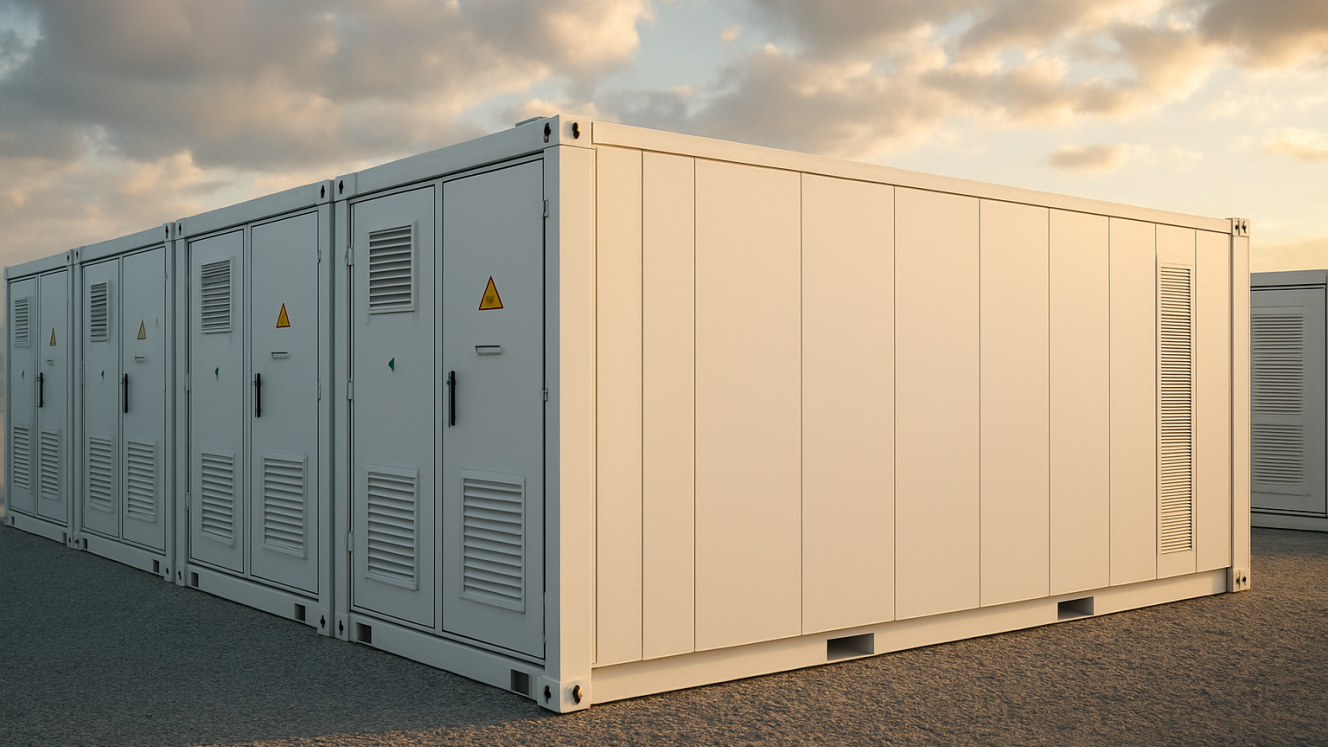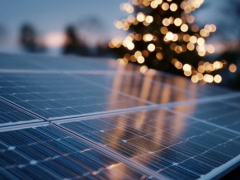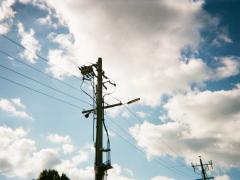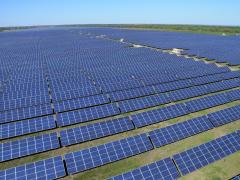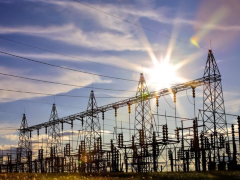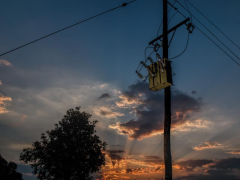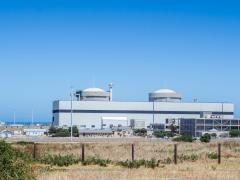The economics of going off-grid in South Africa have changed. Driven by steeply rising tariffs and plummeting costs of solar PV and lithium batteries, many individuals, farmers and businesses are finding it cheaper to leave the grid than to stay connected. This trend is most visible in high-tariff, high-irradiance areas like northern South Africa, says Frank Spencer, Spokesperson for SAPVIA.
Initially, solar-and-battery systems were installed to lower daytime electricity costs and provide backup during load shedding. But many can now cover day and night demand, making full grid defection feasible.
At the same time, rising fixed charges for simply staying connected are outpacing energy costs. For some, the wires themselves are no longer worth paying for.
Full independence remains technically and financially challenging but it’s becoming easier. A petrol/diesel generator or an electric vehicle used as battery backup can help bridge supply gaps and can still be cheaper than grid tariffs.
However, wide-scale grid defection poses risks. As wealthier customers disconnect, the cost burden shifts to those who remain – many who cannot afford alternatives. This raises a key question: is defection the right solution?
SAPVIA believes solar will be the backbone of South Africa’s energy future. But the most cost-effective model is a smart, interconnected grid combining distributed renewables and storage.
Private off-grid systems miss opportunities for efficiency, scale and surplus sharing. Leaving the grid solves a household problem but weakens the national system.
Toward a smarter grid
Government reforms are starting to address this. Eskom is being split into Generation, Transmission and Distribution entities. Transmission and Distribution are viable businesses – Generation is not but can be stabilised as renewables scale up.
The upcoming South African Wholesale Electricity Market, launching next year, will introduce competition and allow private generators to sell into the grid hourly, supporting least-cost procurement.
Still, challenges remain. South Africa must scale renewable buildout by 5x to meet economic and policy goals, and the outdated tariff structures that discourage self-generation must be overhauled. Municipalities and Eskom must embrace prosumers, not penalise them.

